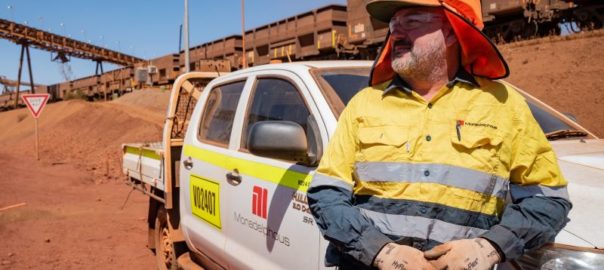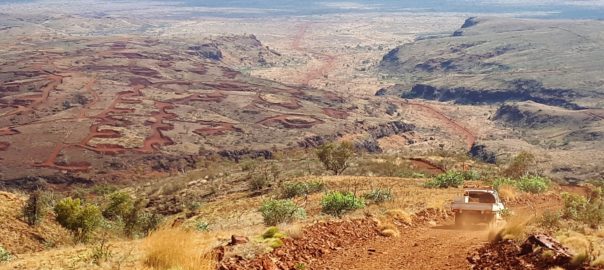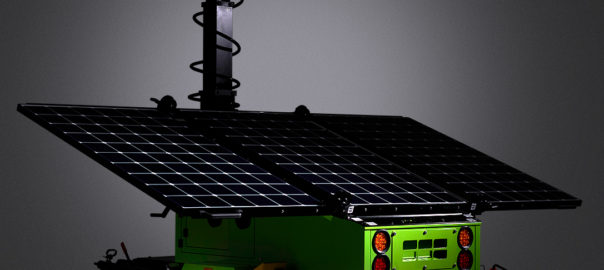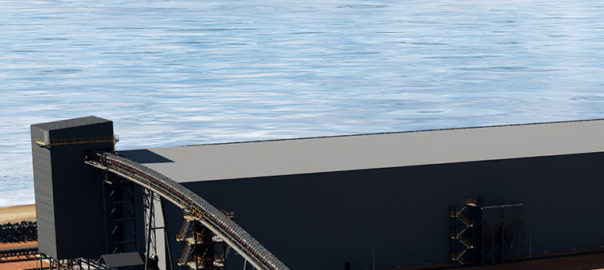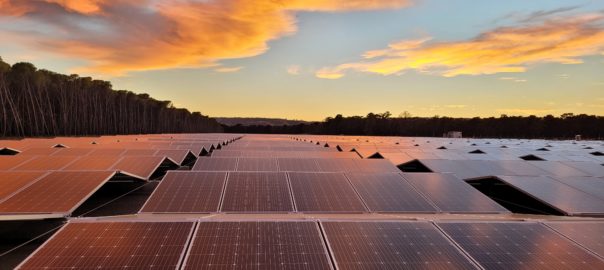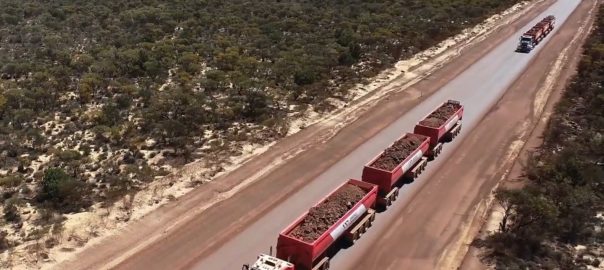Engineering company Monadelphous Group Limited says it has secured new contracts and contract extensions in the resources and infrastructure sectors totalling approximately A$220 million ($150 million).
Within this is a number of contracts for work in the Pilbara region of Western Australia, including:
- A five-year contract to provide maintenance, repairs, general shutdown services and minor projects across Fortescue Metals Group’s Pilbara operations;
- A multi-disciplinary contract with Rio Tinto for the construction of a new conveyor at the Tom Price iron ore mine, which is expected to be completed in the first half of 2023; and
- A contract associated with the construction of a pipeline and access road at the Roy Hill Mine site. The work is expected to be completed towards the end of 2022.
In Queensland, Monadelphous has also secured a 12-month extension to its existing contract with BHP Mitsubishi Alliance for the provision of dragline shutdown and maintenance services to its operations in the Bowen Basin.







